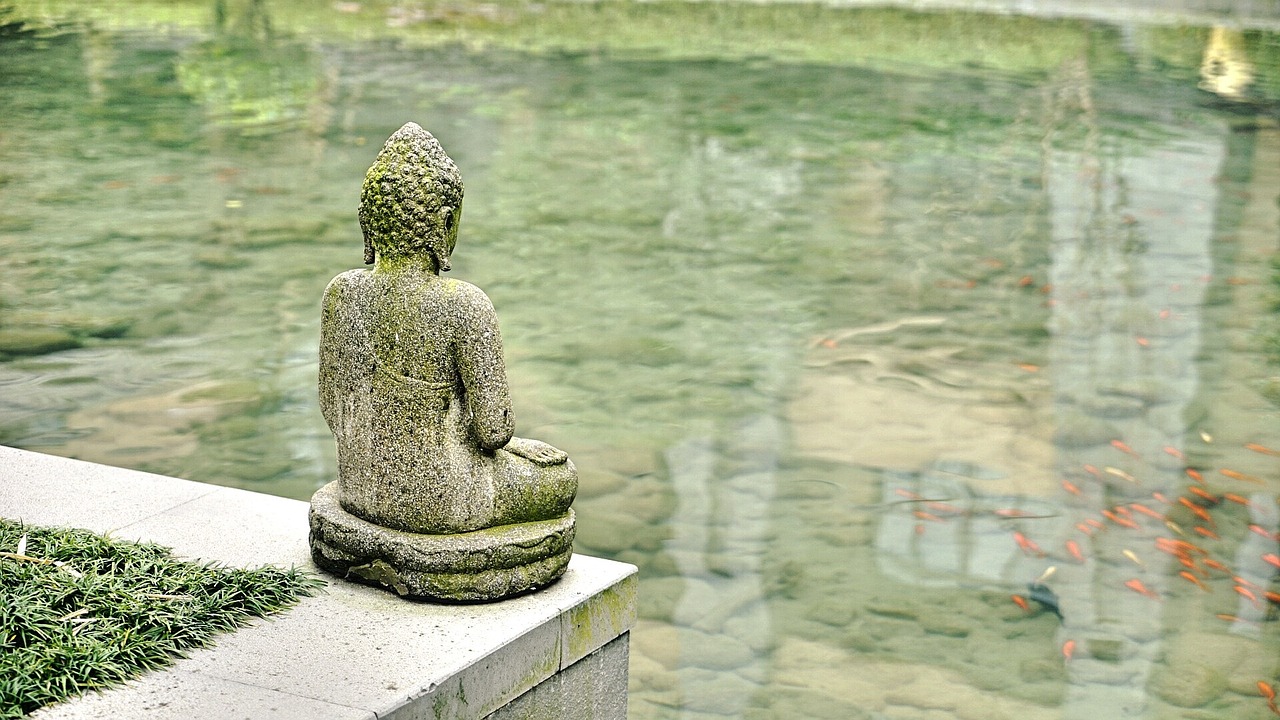By Dillan DiGiovanni
I became an activist in 2003. Or at least that’s when I began identifying as one. Prior to that, I hadn’t necessarily cared about one cause more than another, and I certainly didn’t invest my time, energy or voice into advocating for change.
Upon joining a progressive spiritual community, I became champion for anti-racism and anti-oppression— speaking to white privilege and against all the –isms of American society. Like many white people, I went through many phases of understanding racism and oppression before arriving at what Beverly Daniel Tatum refers to as the autonomy phase of white identity development, where “a person incorporates the newly defined view of Whiteness as part of a personal identity.” Each day I struggle to be a good ally to those who are discriminated against for their age, religion, skin color, ethnicity and physical abilities. As a person living in the LGBTQ community, I suffer daily prejudice and discrimination myself. This makes me angry. And anger makes me tired. Fatigue makes for more anger, which sometimes comes out in my personal and professional life. And all of this shows up in my Buddhist practice.
Around the same time I became an activist, I also became keenly interested in Tibetan Buddhism. I became a devout reader of the Buddhist nun, Pema Chodron, and I listen to her books on CD as part of my regular spiritual practice. On one entitled “Getting Unstuck,” she gives advice during a Q & A session about how to be both an activist and boddhisattva, a spiritual warrior and seeker of enlightenment. This continues to inspire me each time I hear it.
With our recent election results and the many injustices in our world, there is no shortage of reasons to get dismayed, frustrated or even enraged. Before I heard Pema’s advice, I thought it wasn’t possible to be so angry and still be the compassionate spiritual being I sought to become. I also didn’t think I would be a good activist if I wasn’t angrily protesting at rallies and demonstrations. Even the discursive thoughts, I felt, were full of too much resentment to attain enlightenment. What was a young activist to do?
Then I listened to Pema. And I also lived my life a little bit more. Pema says that there are many bodhisattvas who are also activists. The difference, she says, is the intention and the actions. We can contribute our anger to the injustice of any cause, but it only begets more anger. We can make a true difference when we breathe light and love into the experience. When we bring balance, understanding and compassion, we move beyond being “hooked” by the “right/wrong way of looking at things.” She encourages bodhisattvas, spiritual warriors, to see clearly what will escalate the aggression and what will diminish it. I think of this when someone labels me or assumes an identity that doesn’t match what I claim. Sometimes it happens in innocent conversation, sometimes it comes angrily from a passing car. Whenever I want to respond in anger, I think of Pema.
In my early years as an activist, I was angry from years of confusion and feelings of betrayal from adults and mentors around me. I took cues from my peers and thought the more anger I presented, the “more authentic” was my devotion to the cause.
Now, having met many different activists outside that small community I first encountered, I see there are many ways to speak up and work for justice. Listening to Pema, I understand that when I get angry only my rage is contagious. The suffering is not lessened. Instead, I meditate and breathe into those feelings that accompany injustice with an understanding that I can create change by being the opposite energy of all that fear, sadness and ignorance. By reflecting the future I wish to see, I am a raging Buddhist.
Dillan is a certified holistic health coach, trained at the Institute for Integrative Nutrition in New York City and is grateful for the many things that a Buddhist practice, albeit inconsistent, has provided. Dillan can be reached at dillan@savoryourexistence.com.

